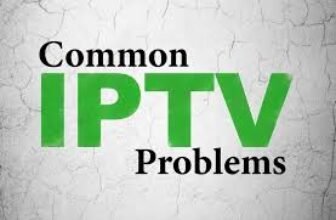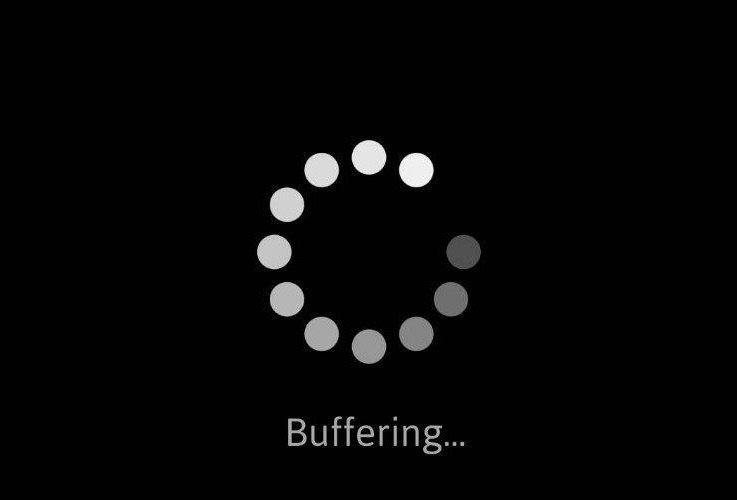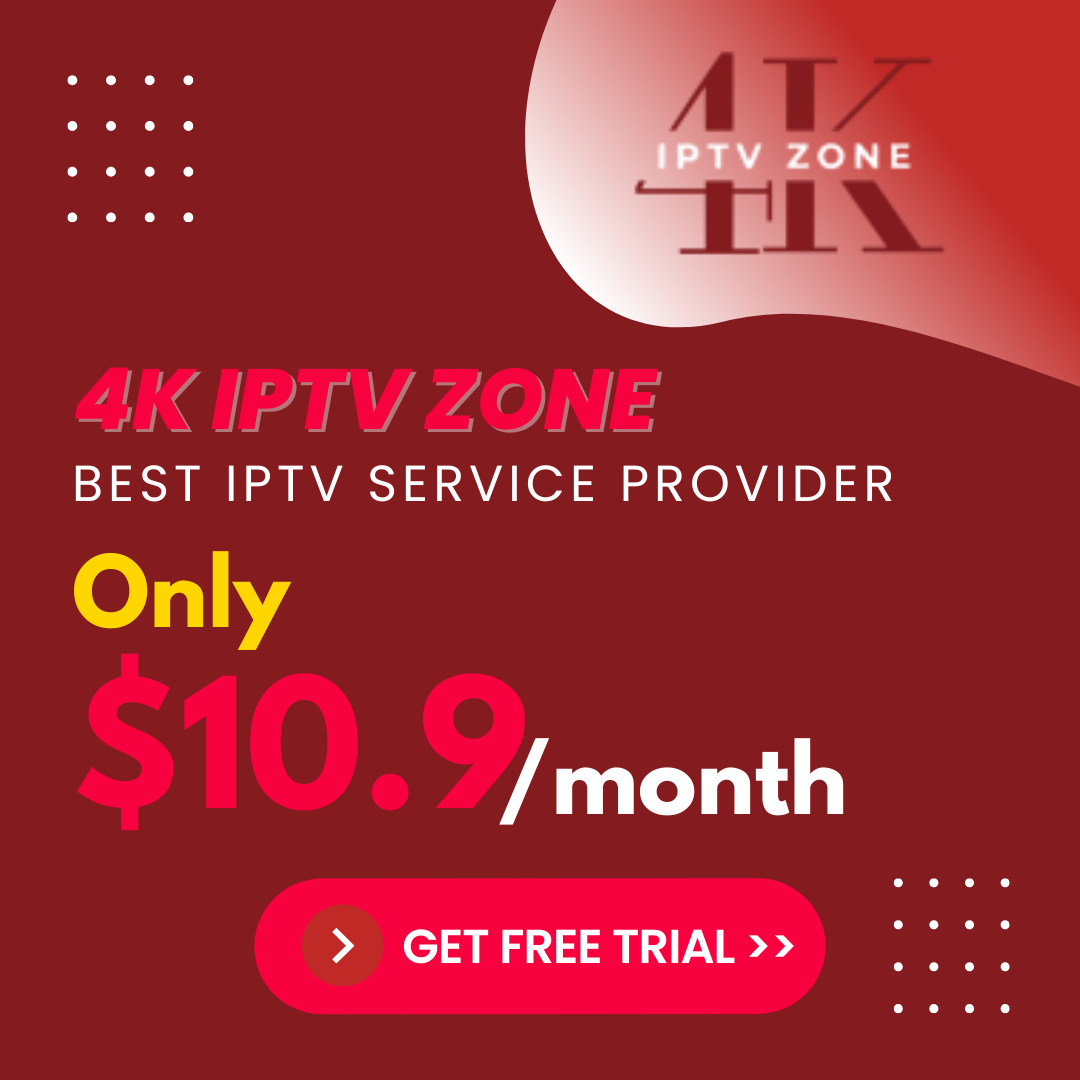You could watch TV in two different ways; IPTV and Traditional TV. IPTV delivered over the Internet can stream live TV and on-demand shows, providing more dynamic features. Current traditional TV is provided through terrestrial, satellite, and cable television relationships. As reliable as traditional TV is and how easy they provide their service, IPTV on the other hand gives you premium personalized experience that can fit in your own requirements. It has nothing to do with the picture quality, as it is relatively equivalent on both systems – but would rather rely on your preference for internet-based services (in this case Sling TV) or more traditional broadcast methods.
( 1 ) Understanding the Basics:
IPTV (Internet Protocol Television)
IPTV stands for internet protocol television which is essentially a system through which television services are delivered using the Internet protocol suite over a packet-switched network such as the internet, instead of being delivered using traditional satellite, and cable television formats. IPTV streaming is capable of promptly commencing a stream and playing it back almost in real-time.
Traditional TV:
This is for services that are delivered over terrestrial, satellite, or cable technologies. These sorts of services have been available for decades, used to broadcast television signals over radio waves or down a physical cable. They are sent to users through a Tv antenna or a cable/satellite box that is linked to their TV.
( 2 ) Delivery Methods:
IPTV Delivery:
IPTV is delivered over a more last-mile broadband internet connection and can save you thousands of dollars in the process. It is sent to the viewer in data packets and can be delivered by a variety of means, but other than live TV channels it is mainly stored on the server for future viewing. IPTV on the other hand almost always requires a set-top box or a compatible device (in addition to your internet router, of course) so that streaming signals can be decoded into crisp looking content ready to be streamed as easily as cable TV.
Traditional TV Delivery:
Broadcasting technology is being used in traditional TV Over the Air – TV signal is transmitted over radio waves and received through an antenna at the TV house (terrestrial TV). Satellite TV means that signals are sent from satellites orbiting the Earth to a satellite dish installed in users’ residence. With cable, signals are sent through coaxial or fiber-optic cables to a set-top box.
( 3 ) Content Variety and Accessibility:
IPTV Content:
On top of that, IPTV offers way more content diversity than any traditional TV. Live TV, Video on demand and Time-shifted TV (catch-up TV, start-over) Catering to a range of viewer preferences, IPTV services often bundle packages featuring international channels and niche categories. On top of, IPTV platforms may also be connected to varied streaming services for the only entertainment hub.
Traditional TV Content:
This is the sort of thing you can only get with traditional TV, which has access to every local, national and international channel. The caveat is that different services will be available on different provider packages. There are premium channels and pay per view options for traditional TV, but the selection might not be as wide or flexible as that of IPTV. Furthermore, on-demand content is only available with one of DVRs that are sold separately.
( 4 ) User Experience and Interaction:
IPTV User Experience:
IPTV is famous for being user interactive and customizable. EPGs, interactive portals and personalized recommendations all help drive viewer engagement. Additionally, IPTV provides pause, rewind-on-demand and record feature although DVR functionality does most of the time have an upscale user interface The implementation with internet services implies users to interactive applications, social media integration, and other features like screen streaming etc.
Traditional TV User Experience:
Traditional Television provides a simple, reliable viewing experience, although basic when it comes to interactivity. Though modern cable and satellite set-top boxes provide EPGs as well as DVR functionality, the UI varies immensely from IPTV to others. The interaction however remains limited to surfing channels, digital recording controls and other very basic stuff. The highest and most pronounced difference western countries encounter when compared to IPTV is the traditional TV, it does not come with personalized content recommendations, nor does it carry all of the extra capabilities found in an IPTV based subscription.
( 5 ) Quality and Reliability:
IPTV Quality and Reliability:
IPTV grades could range due to an Internet connection of a user. You must have high-speed broadband, especially for HD or 4K content. Adaptive bitrate streaming is a technique used in IPTV providers to ensure that video quality is adjusted in real-time according to the available bandwidth, which avoids buffering and allows there to be fewer video interruptions because of bandwidth fluctuation. Yet IPTV could potentially be less successful as market in places where net infrastructure is too poor.
Traditional TV Quality and Reliability:
Regular TV has made a name for itself due to its high quality without buffering issues, Clear Color etc. A terrestrial TV delivers a clear image as long as the physical location of the antenna is appropriate. Satellite television signals are primarily affected by extreme weather conditions like heavy rain or snow. Cable TV offers reliable connection with limited interference, given that the cable infrastructure is kept in good condition. The fact that traditional TV is not 100% dependent on online statuses and heavily on physical as well as environmental factors.
( 6 ) Cost and Flexibility:
IPTV Cost and Flexibility:
Usually, an IPTV service comes with different subscription plans, from basic plan to full bouquet – which includes VOD content or premium channels etc. IPTV is also flexible so that users can choose which packages they really want and meets their budget. Moreover, IPTV can be more than enough for saving your money as it has eased on the large hardware requirements overall for watching TV and normally it allows multi-device accessors many devices without additional costs
Traditional TV Cost and Flexibility:
Traditional TV subscriptions can be expensive, particularly when premium channels and add-ons are included. The cost often includes fees for set-top boxes, installation, and equipment rental. While cable and satellite providers offer various packages, the flexibility is typically less than IPTV. Bundling TV services with internet and phone packages can provide some savings, but the overall cost can still be higher compared to IPTV.
( 6 ) Future Prospects:
IPTV Future:
Into the long run of internet technology, IPTV as rapidly focusing. IPTV is already evolving through faster broadband speeds, and improved internet infrastructure making it only a more viable option. Technological advances, especially in terms of the 5G and fiber-optic networks will allow IPTV services to be available more widely and of a higher quality. Content recommendations will get better with the continued integration of artificial intelligence (AI) and machine learning.
Traditional TV Future:
Conclusion Traditional TV is under severe siege during the Internet video and IPTV era. However, it does not look like its completely going away any time soon. A lot of people still do enjoy the security and uncomplicated nature of old-fashioned TV. Making adjustments themselves, service providers are looking to roll out hybrid models of traditional broadcasting and internet-based services in an effort to provide the best of both worlds.
Conclusion:
Both IPTV and traditional TV have their unique advantages and challenges. IPTV offers a modern, flexible, and interactive viewing experience with a vast array of content options, while traditional TV provides reliable and straightforward service with consistent quality. The choice between the two ultimately depends on individual preferences, viewing habits, and access to high-speed internet. As technology continues to advance, the landscape of television entertainment will keep evolving, offering viewers more choices and better experiences.





